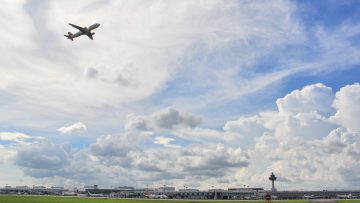
The International Air Transport Association’s (IATA) 2019 safety report has revealed improvements in airline safety.
The report shows that the number of total accidents, fatal accidents and fatalities declined last year in comparison to 2018 and to the average of the 2014-2018 period.
There were a total of 54 aircraft accidents last year, eight of which were fatal and caused 240 deaths – the Ethiopian Airlines B737 Max crash in March 2019 accounted for 157 of these fatalities.
The eight fatal incidents involved four jet aircraft and four turboprop aircraft. Loss of control inflight accidents caused the highest number of fatalities, with four events accounting for 80 per cent of deaths in 2019.
This marked an improvement on 2018, which saw 11 fatal accidents and 523 fatalities. The report also highlighted a “ten-year trend of declining accident rates and fatality risks” in the industry. Last year saw 1.13 accidents per million flights in 2019, an improvement on the average rate of 1.56 per million flights from 2014-2018, and the ten-year-rate of 1.96 accidents per million flights.
Alexandre de Juniac, director general and CEO of IATA, commented:
“The safety and wellbeing of our passengers and crew is aviation’s highest priority. The release of the 2019 safety report is a reminder that even as aviation faces its deepest crisis, we are committed to making aviation even safer.
“Based on the 2019 fatality risk, on average, a passenger could take a flight every day for 535 years before experiencing an accident with one fatality on board. But we know that one accident is one too many. Every fatality is a tragedy and it is vital that we learn the correct lessons to make aviation even safer.”
The number of flights last year increased to a record 46.8 million, with 4.54 billion travellers travelling safely.
Meanwhile, IATA recently announced that the coronavirus pandemic could cost airlines US$250 billion.












